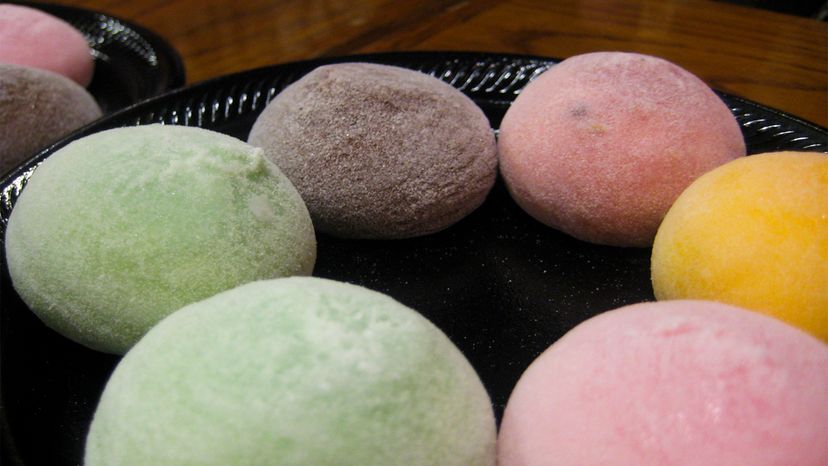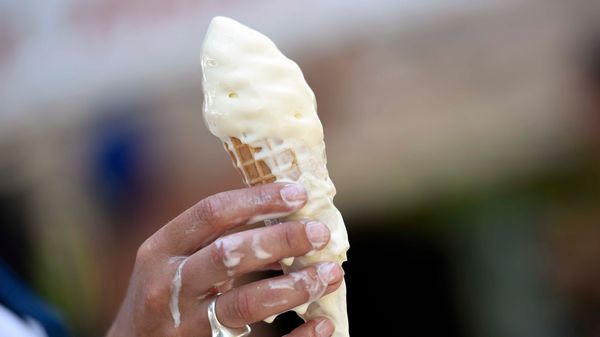Despite its ancient roots (it's said to date back to at least Japan's Heian period, which took place from 794-1185), mochi has become an increasingly trendy product in the Western world and has been hailed as a healthy diet staple by some. But can mochi really be considered a health food?
"It's entirely gluten-free so that's a plus!" Shyu says. "And depending on the sweet rice flour used, it could contain lots of vitamins and minerals as a quick energy source."
While some have claimed that mochi's nutrients are so concentrated, a single small ball contains the same amount of calories as one entire bowl of rice, that's not exactly the case. While one bowl of rice contains approximately 240 calories, a mochi ball has about 80-100 calories. While the two aren't nearly equivalent, that's the caloric content of one mochi ball and if you're a big fan of the unique taste and texture, you might just find yourself reaching for several more.
The type of mochi you choose can play a role in the health profile of the food, too. Brown rice mochi is made from a whole grain that's rich in antioxidants like manganese as well as nutrients like potassium and magnesium.



